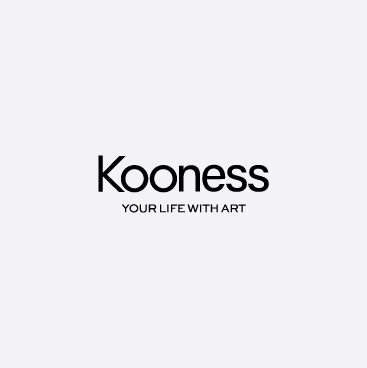Untitled
1997Dated
Untitled
77 x 44.88 in
Year
1997
Medium
Paintings
Reference
5543d354
1921 Kassa, Slovakia
François Fiedler was born in Kassa in 1921, started painting at the age of 5, and copied the masters at the age of 10, the artworks of the child prodigy were showcased together with adult painters in the Salon of the Town Hall in Nyíregyháza. He participated at the age of 13 in the London Annual Children’s Drawing Competition which was his first international group exhibition.
During the 1940’s he took an active part in the Budapest art scene, the Hungarian state collected several of his works for its public collections, like the Municipal Gallery and Museum of Fine Arts. He graduated from the Hungarian Academy of Fine Arts in 1946. After World War II he settled in France, left behind both his native country and figurative painting, Fiedler immersed himself in discovering abstract art. He was discovered by Miró, who saw one of his canvases in a gallery window, who introduced him to the legendary dealer and publisher, Aimé Maeght and to his artists such as Chagall, Braque and Giacometti. Miró called him “the painter of light”, he shared his own ateliér with Fiedler in the early years.
Miró recognized the characteristic, threefold nature of Fiedler’s talent – his complete mastery of techniques, his passionate, innovative spirit and playful handling of materials which led Fiedler to a very rich oeuvre. These early years Fiedler found shelter in the ’reality’ he created with his paintings. He soon developed what was to become his signature style: and infinite possibility for the play of light and shadows on the canvases. Fiedler defined Miró’s impact on his art „Miró encouraged me and introduced me to the world of calligraphy and gesture painting. He encouraged me to set my unconscious free. There are neither principles nor rules. You cannot deceive art; I feel deep respect for it: you cannot deceive that which emerges from the unconscious”.
In 1951 as an accompaniment to the joint exhibition of Wassily Kandinsky and Albert Giacometti shown in Saint-Paul-de Vence, Maeght presented Saul Steinberg, Pierre Tal-Coat,Pablo Palazuelo, Eduardo Chillida and Ellsworth Kelly, as well as Fiedler, as the latest talents. From that point on, his works were regularly featured alongside those by major artists of 20th-century modern art, such as Braque, Chagall, Calder, Chillida, Giacometti, Kandinsky, Miró, Matisse,Picasso, Riopelle and Tápies.Fiedler was attracted to the process of painting was promoted by André Malraux that revealed the subjective expression of the artist’s psyche. The key is “free association”. Fiedler began a work with a motif that was spontaneously developed until the work was complete – until it looked and felt “right”. In this sense, there is no fundamental difference between the working method of Pollock or Fiedler. A common trait of the works of the two artists is the multilayered paint applied on canvas. While the layers of paint on Pollock’s canvases do not fully cover the canvas, so that one can literally see through it as far as the canvas, Fiedler fully covered the canvas with thick paint. Although Fiedler was a member of New School of Paris he was utilizing the same “process” as the Abstract Expressionists did in School of New York. He was influenced by Pollock’s and Rothko’s art. Pollock with the unique technical method, Rothko with his large scale, color-field paintings. Instead of traditional tools Fiedler preferred scrapes, knives, trowels, stones, sand. The surfaces are very sculptural and dimensional, they are scratched, scraped and multilayered, relief-like.
“I entered the painting... I felt the dramatic force. The pictorial energy of canvas enchanted me. I felt the full freedom of the rhythms. I recognized the duality in Pollock’s works - improvisation and precise interpretation at the same time” said Fiedler on the occasion of Jackson Pollock “Retrospective” exhibition held at the Pompidou Centre,1982. Fiedler compared what he saw there with his own painting process, which he called “controlled automatism”.
Fiedler´s works are included not only in major Hungarian public collections, such as the Museum of Fine Arts and the Hungarian National Gallery, but also in world-famous international collections, such as the Pollock- Krasner House and Study Center, Solomon R. Guggenheim Museum in New York, The San Diego Museum of Art and Harvard Art Museums – Cambridge, the Musée National d´Art Moderne - Centre Georges Pompidou, the Centre National des Arts Plastiques (Fonds National d’Art Contemporain), Paris and Maeght Foundation - St. Paul de Vence, the Cabinet Cantonale des Estampes, Vevey and the Bibliothéque Cantonale et Universitaires, Lausanne, Switzerland.
Read more
Address
Budapest, Aulich utca 7
The gallery focuses on contemporary art, post war modernism, and photography, and organizes various international and Hungarian exhibitions.After closing Art+Text Budapest and followed that by a two-year-long resting period, the founder of the gallery, Gábor Einspach, is returning to the art market with a new exhibition place named Einspach Fine Art & Phot...
